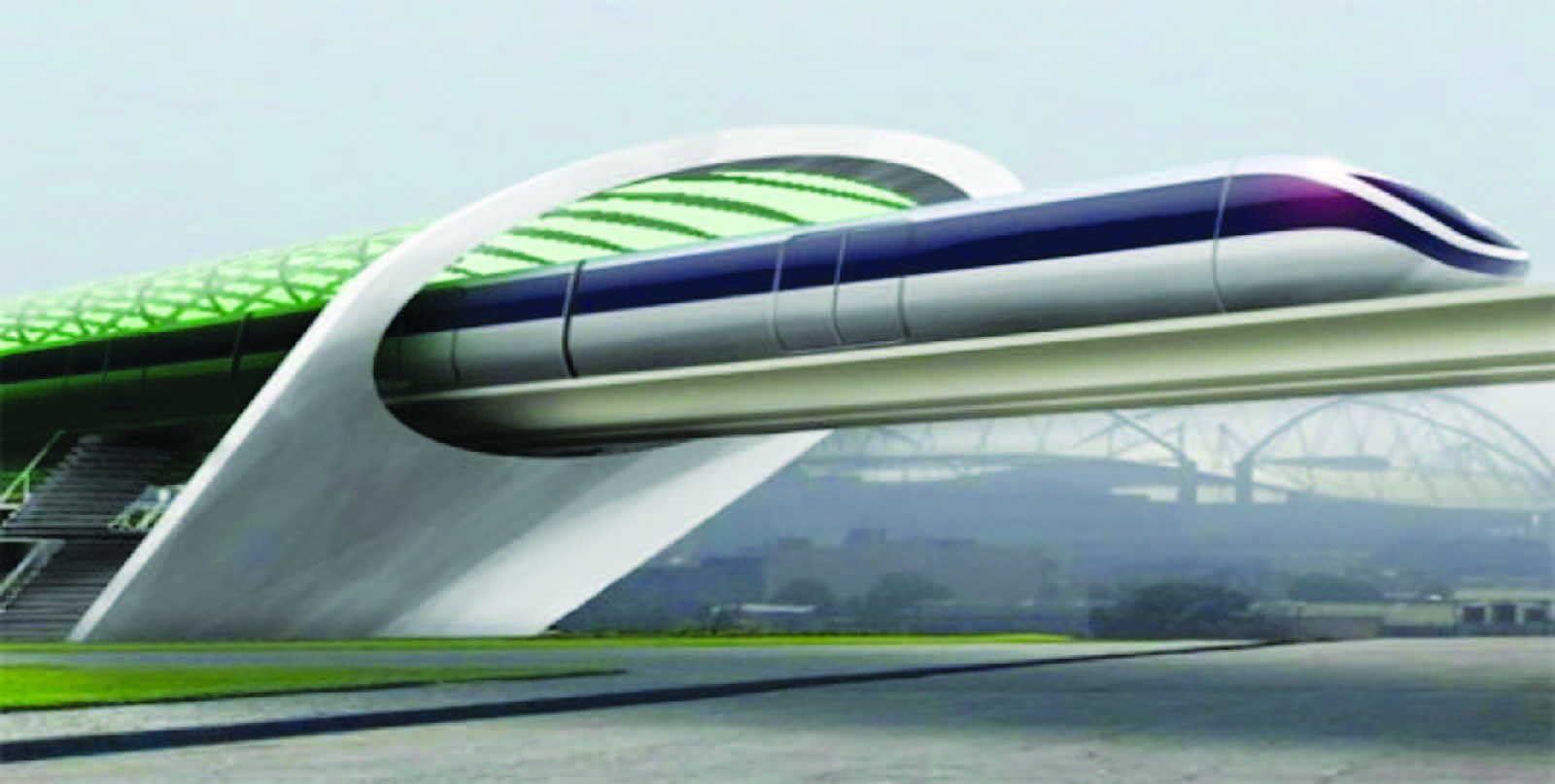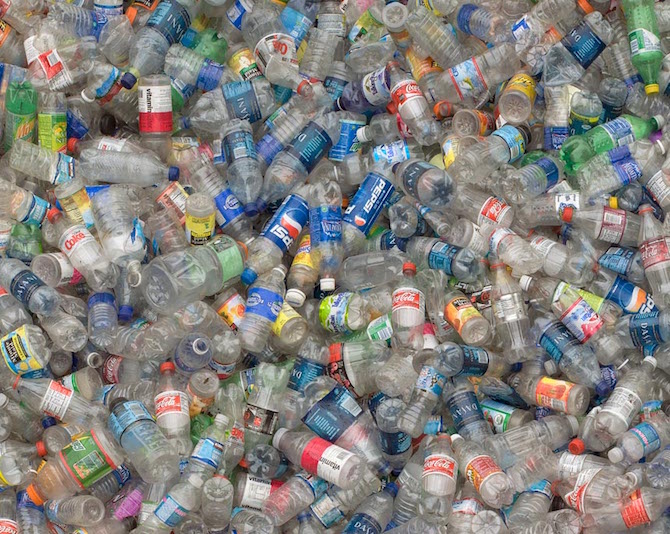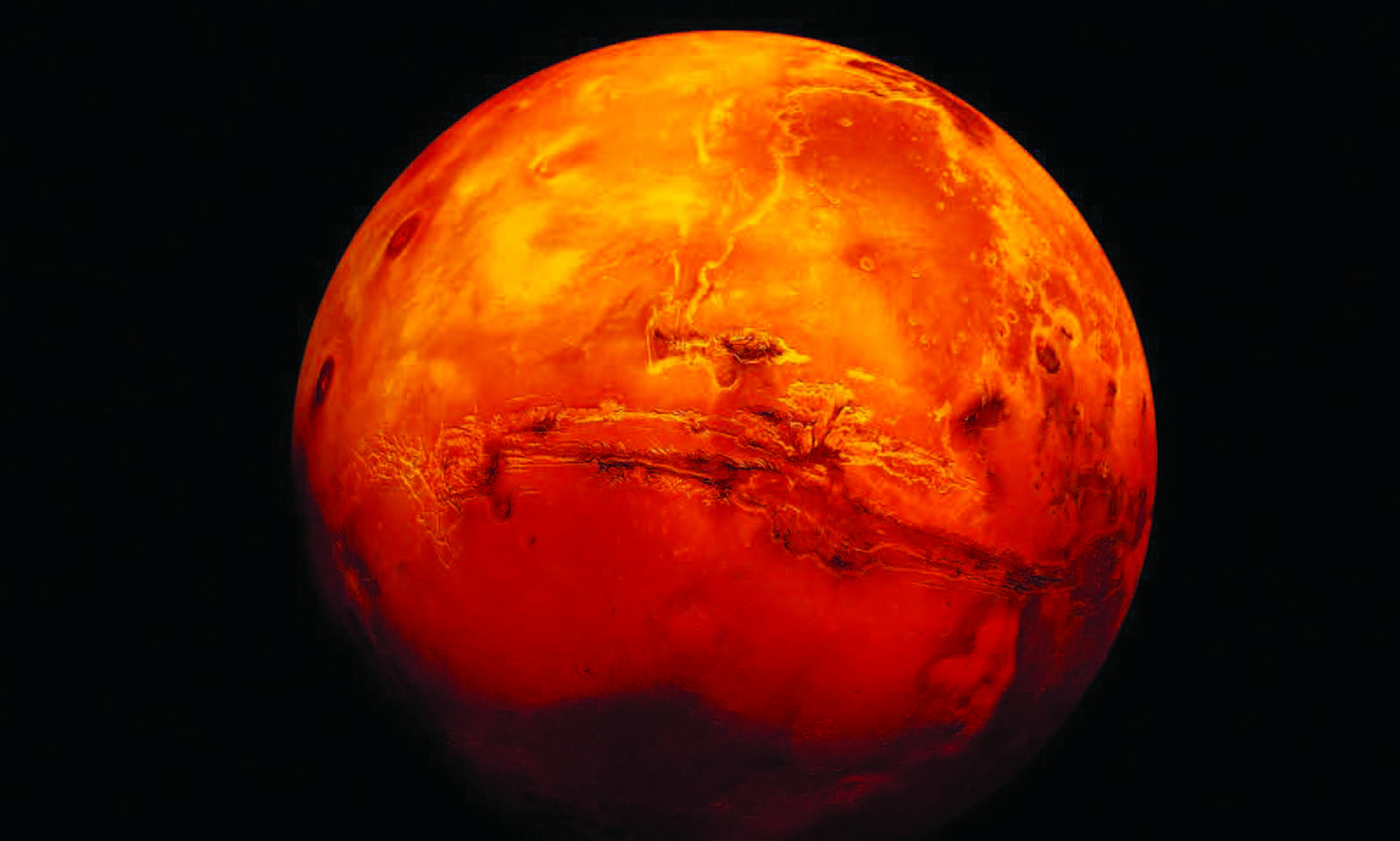
When asked to imagine the future of transportation, most might draw a car of the future, perhaps solar powered and autonomously driven. For a select few the way we’ll move ourselves across the world tomorrow is in a steel tube at speeds of almost 1,287 kmph.
This was originally the brainchild of billionaire US entrepreneur Elon Musk, who envisioned being able to whisk passengers between San Francisco and Los Angeles in under half an hour.
Two years after unveiling plans for a futuristic, high-speed Hyperloop transportation system, Musk has now announced plans for building a test track in southern California and a competition for prototype pods.
Several firms soon announced plans for pilot projects in California, Texas and other sites, but Musk and his companies, which include privately-owned Space Exploration Technologies, or SpaceX, and Tesla Motors Inc electric car company , were not involved.
Hyperloop Transportation Technologies and Dirk Ahlborn are one of those in the driving seat. “Well, imagine a capsule fil led with people that’s hovering inside the tube. Inside the tube you create a low pressure environment very similar to an airplane that’s at high altitudes. So now the capsule travelling inside the tubes doesn’t encounter as much resistance, and so therefore can travel really fast with very little energy ,” Ahlborn said. “It’s 100% solar-powered, that’s basically the invention here,” he said. The capsules would ride a cushion of air blasted from underlying skis, propelled by a magnetic linear accelerator, according to Musk’s plans, running above or below ground and along low pressure steel tubes.
When Musk announced this idea in 2013, many were quickly excited -with the Hyperloop described as combining Concorde, a rail gun and air-hockey table; a 57page design brief imagines it carrying automobiles and people at speeds almost impossible for land-based vehicles. On June 15, SpaceX said it would be building a mile-long test track in California.
But presenting the Hyperloop project to a European audience for the first time in Vienna at the Pioneer’s Festival in May , Ahl born said HTT were also on the cusp of building their own, 8-km track in California’s Quay Valley .
“Quay Valley’s going to be full scale, we’re going to move around 10 million people a year, it’s going to be opening up in 2018,” he said, adding that he expects Quay Valley to be full commercially viable.”So we assume right now that in 2017 we will be finished with the building process and basically starting to do the optimization and testing before we open. I assume we will close very , very fast the contract for the first full length track.”
With a strong business model Ahlborn says makes the railway industry look like a dinosaur, the cost, safety and reliability of Hyperloop can be a model for future, lightning fast transport.





Be the first to comment